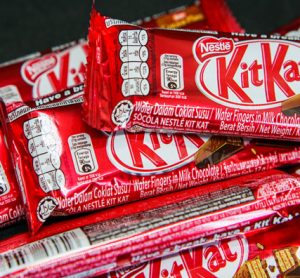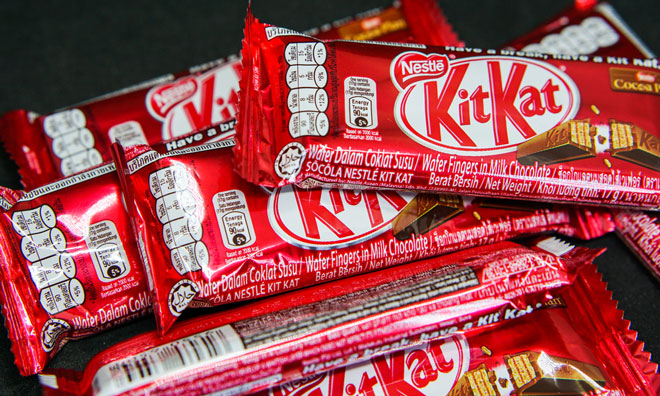Food grade lubricants and the ELGI – NLGI
3 December 2008 | By Anuj Mistry, TLP Development Manager, Bel-Ray Company, Inc. and Chairman of ELGI- NLGI Food Grade Lubricants Working Group
Lubricants to be used in the production, processing, packaging and distribution of food, beverages, pharmaceuticals, personal care products and any other ‘clean’ products may be registered as meeting certain criteria that make them safe for use in these industries. A lubricant qualifies as food grade when, in the event of…






